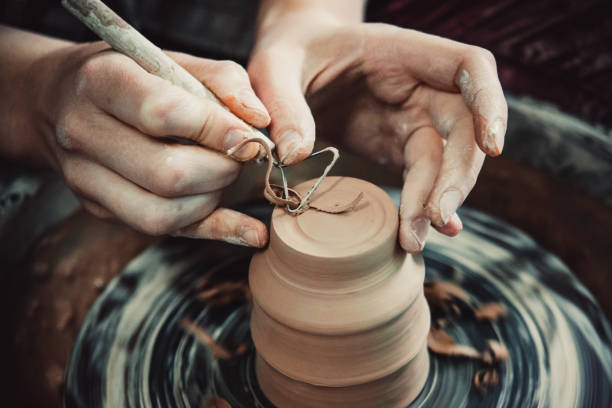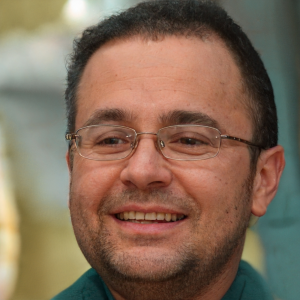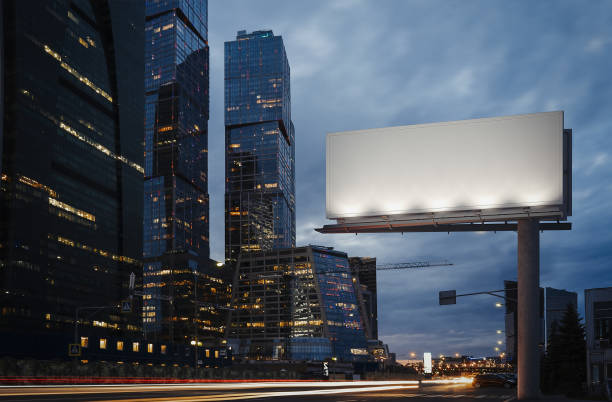Having the right pottery supplies and Tools in your Studio helps keep your work flowing and minimizes dust, which can cause silicosis. You’ll also want to dedicate a section of your Studio for glazing, to avoid mixing clay with glaze.
Wedging requires a sturdy table that can take some pressure, as does trimming models or thrown projects. A variety of wooden modeling tools – including ribs, scrapers, loop, and ribbon tools – are great for trimming excess clay or creating patterns.

Sponge
A sponge is an essential tool in your pottery studio. Sponges help keep the clay wet while you are throwing, reduce friction between your hands and the clay, and clean up your workspace. They are available in natural and synthetic varieties.
Clay dust is very fine and can cling to anything it touches, including your workstation. This makes it hard to keep your work area and hands clean. If left unchecked, the clay dust can also become airborne and can be difficult to breathe.
To avoid this, invest in a set of durable sponges for your pottery studio. Synthetic sponges are an economical choice. The Lollipop Sponge Set is a great option that includes three different sponge types for use throughout the pottery process: a blue workhorse, a yellow sponge that can be used for several purposes, and a white finishing sponge. These sponges are also ideal for rubbing down bisqueware to smooth it out and prepare it for painting with glaze. They can also be used as handle wedges to ensure a consistent slope for the handles of your pottery pieces.
Paintbrushes
If you want your pottery pieces to come out with a smooth, polished finish then you’ll need to invest in some paintbrushes. These are used for applying and removing glaze as well as to add texture to the surface of your work. Choose brushes that are sturdy and abrasion resistant to ensure they hold up to regular use.
Whether you are creating pieces by hand or throwing them on the wheel, basic pottery tools make your process easier and elevate your final product. These include shaping tools like ribs, paddles and ribbons which are used to shape clay into specific forms; texture tools such as combs and fettling knives that help create unique patterns in your pottery; and trimming tools including loops and needles which help trim feet and craft intricate details.
Scrapers are flat tools that look similar to ribs but are usually made of stainless steel and have serrated edges. They are also lighter in weight and are used to remove sections of wet clay. They are found in most commercially available beginner pottery kits.

Needle Tool
Pottery tools come in a variety of shapes and sizes, each designed to create a specific effect or finish. Sculpting and modeling tools are great for adding texture to clay creations, while trimming tools allow potters to cut and shape their pieces. Other tools include a wire cutter and clay cutting wires, which allow potters to seamlessly cut and slice slabs of wet clay.
Needle tools are slender metal needles set in a handle and can execute a multitude of functions, including cutting, piercing, measuring wall thickness, scoring, creating patterns, and finishing fine details. When shopping for a needle tool, look for one made of surgical steel to ensure it’s long-lasting and sharp. It should also feature a facetted handle, which is ergonomic and won’t roll off your workbench.
Pottery tools are a must-have for any pottery hobbyist or professional. They include wooden ribs, scrapers, loop tools, and ribbon tools. Ribs are curved metal tools that can help potters smooth and create patterns in their clay creations.
Edgers
Whether you are throwing on the wheel or building by hand, a good quality pottery brush is one of the most versatile tools in your toolkit. They can be used to draw images, create fine details, craft different patterns, add slip, apply wax resist, and paint on overglazes and underglazes.
Edgers are flat pottery supplies that come in a variety of shapes and sizes, but most have wooden handles on both ends and look a bit like a wire cheese cutter. They can be used to cut through clay or to remove thrown pieces from the wheel, and you’ll want a set that boasts sharp yet safe-to-touch edges that stand up to frequent use.
Pottery supplies also include shaping tools, such as ribbons and loop tools, which can be used to shape clay into specific forms; texture tools, such as combs and fettling knives, which are used to add unique textures to clay; and trimming tools, such as needle tools, which are used to define the edges of pieces. Having these tools in your clay studio will help you take your creations to the next level.
Clay Storage
Ideally, a clay storage solution is located in an area of the studio separate from other materials to reduce cross-contamination and to minimize temperature fluctuations, which can affect clay quality over time. It should also be well-ventilated to help reduce humidity and promote air circulation.
Clay storage containers should be durable and leak-proof to protect clay from contamination and keep it pliable and usable for as long as possible. Look for buckets that seal tightly or thick plastic bags that zip or tie completely closed to minimize air exposure and moisture changes.
Some potters like to categorize clay by type for better organization, and a heavy-duty artist or tackle box is a great option if you need to transport your tools. Other storage solutions include a utensil tray or any waterproof container that can hold your clay supplies. Having a designated clay storage space makes it easier to locate the clay you need, which improves your productivity and efficiency. It also helps to keep your workspace clean and free of debris, which can damage clay over time.




